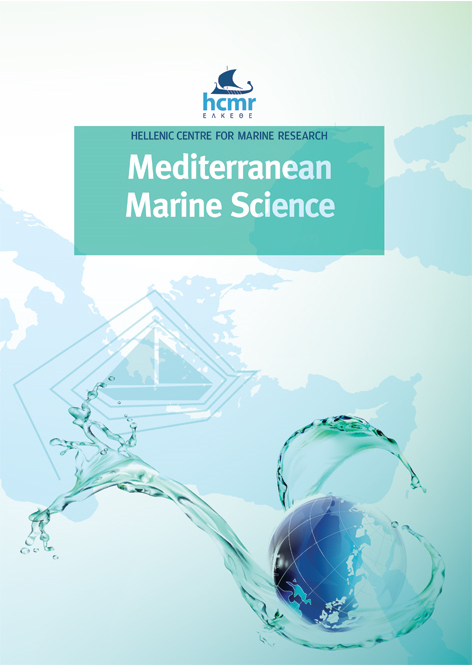Updating the hosts and distribution range of the pea crab Pinnotheres bicristatus (Brachyura: Pinnotheridae)

Abstract
Small crabs belonging to the family Pinnotheridae are characterized by living mainly inside bivalves. In European waters the
recently described pea crab Pinnotheres bicristatus increased to five the known number of pinnotherid species. The known distribution
of P. bicristatus encompassed the area between the Gulf of Cádiz (NE Atlantic) and the western Alboran Sea (SW Mediterranean).
The species has so far been reported to occur in the pallial cavity of the common saddle oyster, Anomia ephippium,
between 11 and 52 m depth. Over a period of two years, a total of 43 specimens of P. bicristatus were collected in two different
projects/surveys along the Mediterranean coasts of the Iberian Peninsula, thus enlarging its known occurrence to the eastern Alboran
Sea and the NW Mediterranean at depths of between 37 and 71 m. We also report a new bivalve host for the species, the flat
oyster, Ostrea edulis, and provide population structure information of these new records. As a conclusion, this study considerably
extends the known geographical distribution of P. bicristatus in latitude, longitude and depth.
Article Details
- How to Cite
-
MARCO-HERRERO, E., GALIMANY, E., ABELLÓ, P., CUESTA, J. A., DRAKE, P., & RAMÓN, M. (2020). Updating the hosts and distribution range of the pea crab Pinnotheres bicristatus (Brachyura: Pinnotheridae). Mediterranean Marine Science, 21(3), 499–505. https://doi.org/10.12681/mms.23073
- Issue
- Vol. 21 No. 3 (2020)
- Section
- Research Article
Authors who publish with this journal agree to the following terms:
- Authors retain copyright and grant the journal right of first publication with the work simultaneously licensed under a Creative Commons Attribution Non-Commercial License that allows others to share the work with an acknowledgement of the work's authorship and initial publication in this journal.
- Authors are able to enter into separate, additional contractual arrangements for the non-exclusive distribution of the journal's published version of the work (e.g. post it to an institutional repository or publish it in a book), with an acknowledgement of its initial publication in this journal.
- Authors are permitted and encouraged to post their work online (preferably in institutional repositories or on their website) prior to and during the submission process, as it can lead to productive exchanges, as well as earlier and greater citation of published work (See The Effect of Open Access).





